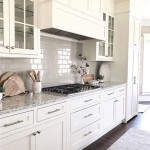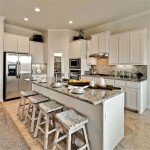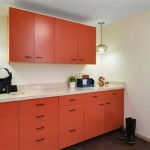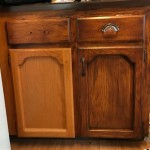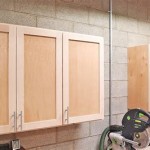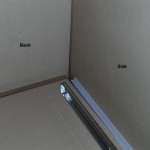How Best To Arrange Kitchen Cupboards
A well-organized kitchen is a joy to work in. Efficiently arranging kitchen cupboards can significantly enhance the functionality and aesthetics of this essential space. By strategically placing items and optimizing the use of vertical space, you can create a kitchen that is both practical and visually appealing.
1. Inventory and Assess
Before embarking on any reorganization, it is crucial to take stock of your existing kitchenware. Remove all items from your cupboards and assess what you have. This inventory process allows you to identify duplicates, expired items, and items that you no longer use. It also gives you a clear picture of the amount of space you have to work with.
Consider the following questions:
- What items do you use most frequently?
- What items are rarely used?
- Are there any items that can be consolidated or eliminated?
- Are there any items that could be stored in other areas of the kitchen or house?
Once you have a comprehensive inventory, you'll be in a much better position to make informed decisions about how to arrange your cupboards.
2. Designate Zones
Dividing your cupboards into functional zones promotes efficiency and streamlines your workflow. Common zones include:
- Cooking Zone: Store frequently used cooking utensils, pots, pans, and spices within easy reach of your stovetop and oven.
- Baking Zone: Keep baking supplies, including measuring cups, mixing bowls, and baking sheets, together in one area.
- Food Storage Zone: Dedicate space for storing dry goods, canned goods, and other non-perishable items.
- Dishware Zone: Place plates, bowls, cups, and cutlery near the sink and dishwasher for easy access.
- Cleaning Zone: Store cleaning supplies, dish cloths, and sponges in a designated area.
Consider your personal cooking habits and preferences when establishing these zones. For example, if you frequently prepare breakfast, storing breakfast items near the coffee maker or toaster might be beneficial.
3. Maximize Vertical Space
Kitchen cupboards often have untapped vertical space that can be utilized to store items efficiently. Utilize shelves, drawer organizers, and tiered trays to maximize space. Here are some useful tricks for optimizing vertical space:
- Stackable containers: Choosing stackable containers for dry goods, snacks, and other pantry items helps to maximize vertical space and keep items organized.
- Tiered shelves: Utilize tiered shelves to store items that are not frequently used or are bulky, such as large pots and pans, platters, and serving dishes.
- Under-shelf baskets: Install under-shelf baskets to store smaller items such as spices, oils, or cleaning supplies.
- Cabinet organizers: Utilize cabinet organizers, such as turntables, pull-out shelves, and spice racks, to make the contents of your cupboards more accessible.
When organizing your cupboards, remember to place heavier items on lower shelves to prevent them from falling or causing accidents.
4. Optimize Drawer Space
Kitchen drawers offer a convenient way to store utensils, tableware, and other items. Consider using drawer organizers, dividers, and trays to create designated compartments within your drawers. This approach not only keeps items organized but also makes them easier to find.
Here are some tips for optimizing drawer space:
- Utilize drawer dividers: Drawer dividers can create separate sections for cutlery, utensils, and other items, ensuring a more organized and efficient approach.
- Utilize drawer organizers: Drawer organizers, such as trays and inserts, can help to create a more structured and organized drawer space, making it easier to access and find items.
- Consider vertical storage: Utilize vertical space in drawers by using drawer organizers that stand upright, allowing you to store multiple items in a single drawer.
- Store like items together: Group similar items together in the same drawer for easy access and a streamlined workflow, such as storing all your cooking utensils in one drawer and all your baking tools in another.
5. Prioritize Functionality and Accessibility
The ultimate goal of organizing kitchen cupboards is to create a functional space that makes it easy to find and utilize items. When arranging items, consider the following factors:
- Frequency of use: Place items you use most often in easily accessible locations, ideally at eye level or within reach. This might involve storing your everyday dishes and cookware on lower shelves and infrequently used items on higher shelves.
- Size and weight: Smaller and lighter items can be stored on higher shelves, while larger and heavier items are best placed on lower shelves to prevent potential accidents.
- Visibility: Store transparent containers or items with clear labels to easily identify the contents of your cupboards.
- Safety: Ensure that sharp objects, such as knives and scissors, are stored securely and out of reach of children.
By prioritizing functionality and accessibility, you can create a kitchen that is both user-friendly and aesthetically pleasing.

How To Organize Your Kitchen Cabinets And Pantry Feed Me Phoebe

25 Best Ideas For How To Organize Kitchen Cabinets
:max_bytes(150000):strip_icc()/crop-silvery-blue-cabinets-2000-70acba9f5faf464aa377714297d92570-a9692c7ba11e44ac86bc8f41c0a9fb42.jpg?strip=all)
How To Organize Your Kitchen Cabinets According Experts

Title Page The Mail

How To Organize Kitchen Cabinets Clean And Scentsible Cabinet Organization
21 Ways To Organize Kitchen Cabinets Declutter

How To Organize Your Kitchen Cabinets One At A Time
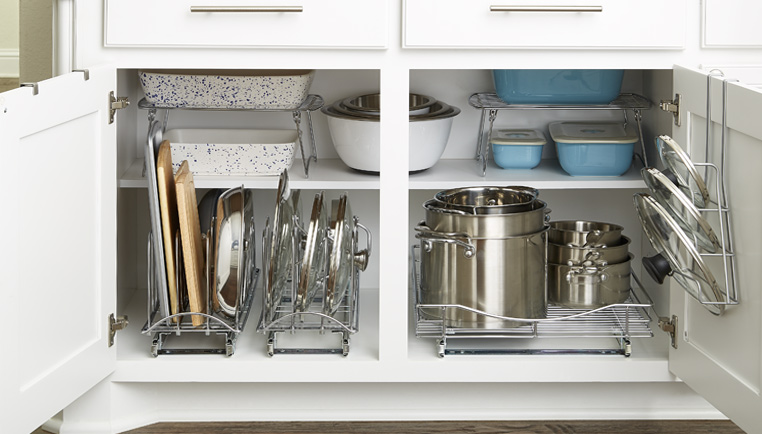
How To Organize Your Kitchen Cabinets Step By Project The Container

How To Organize Your Kitchen Clean And Scentsible

Pin On Kitchen
Related Posts

